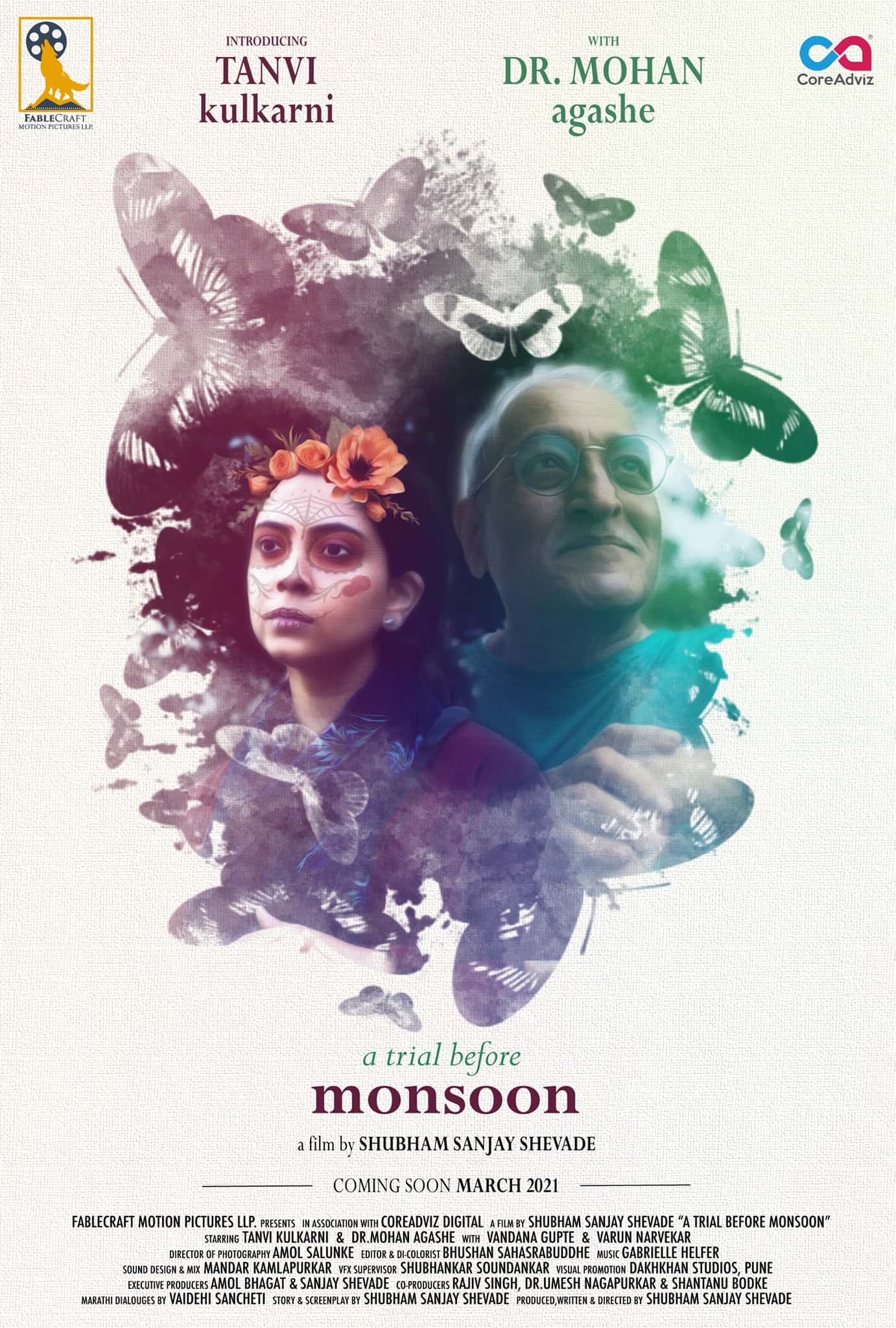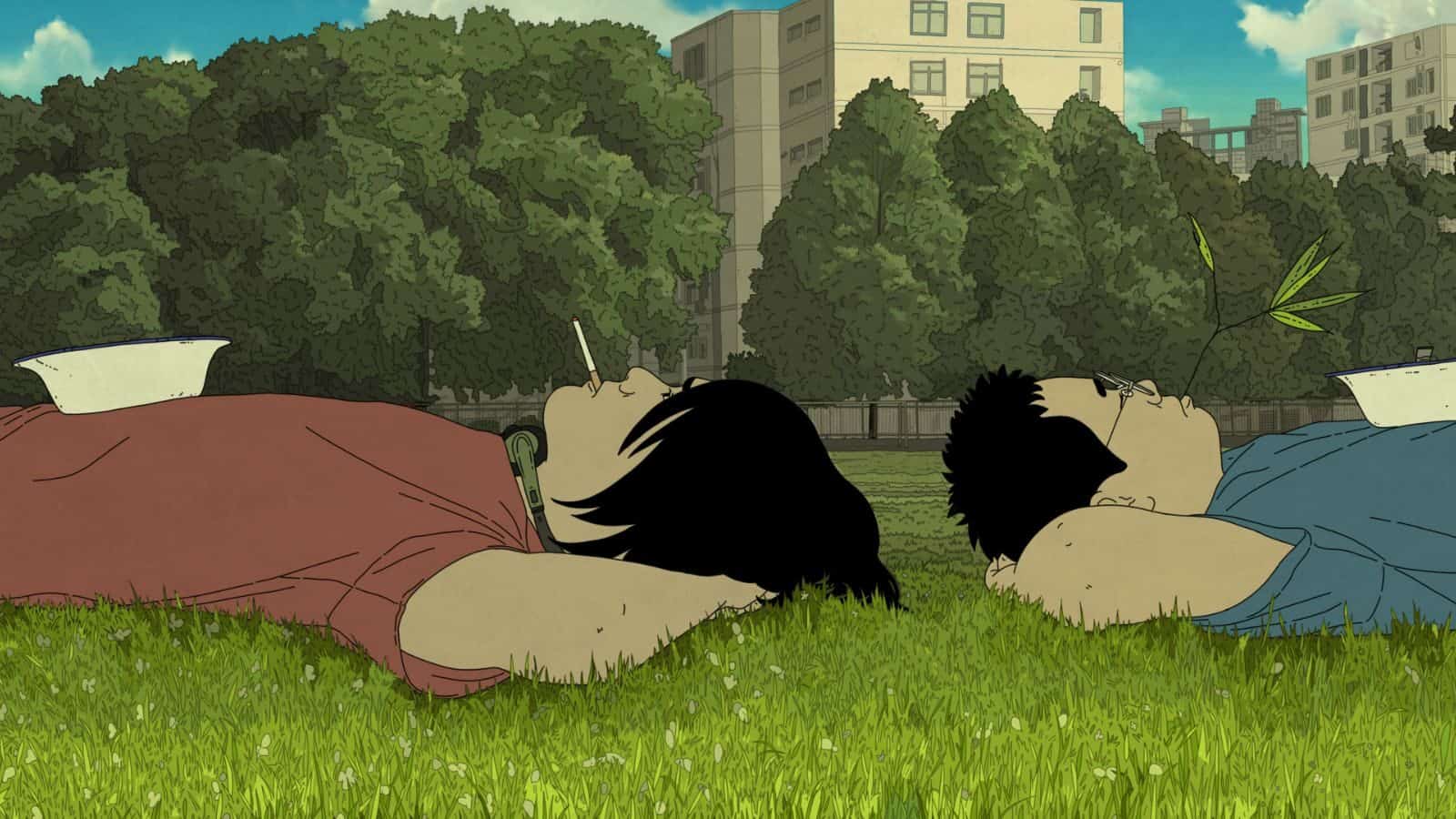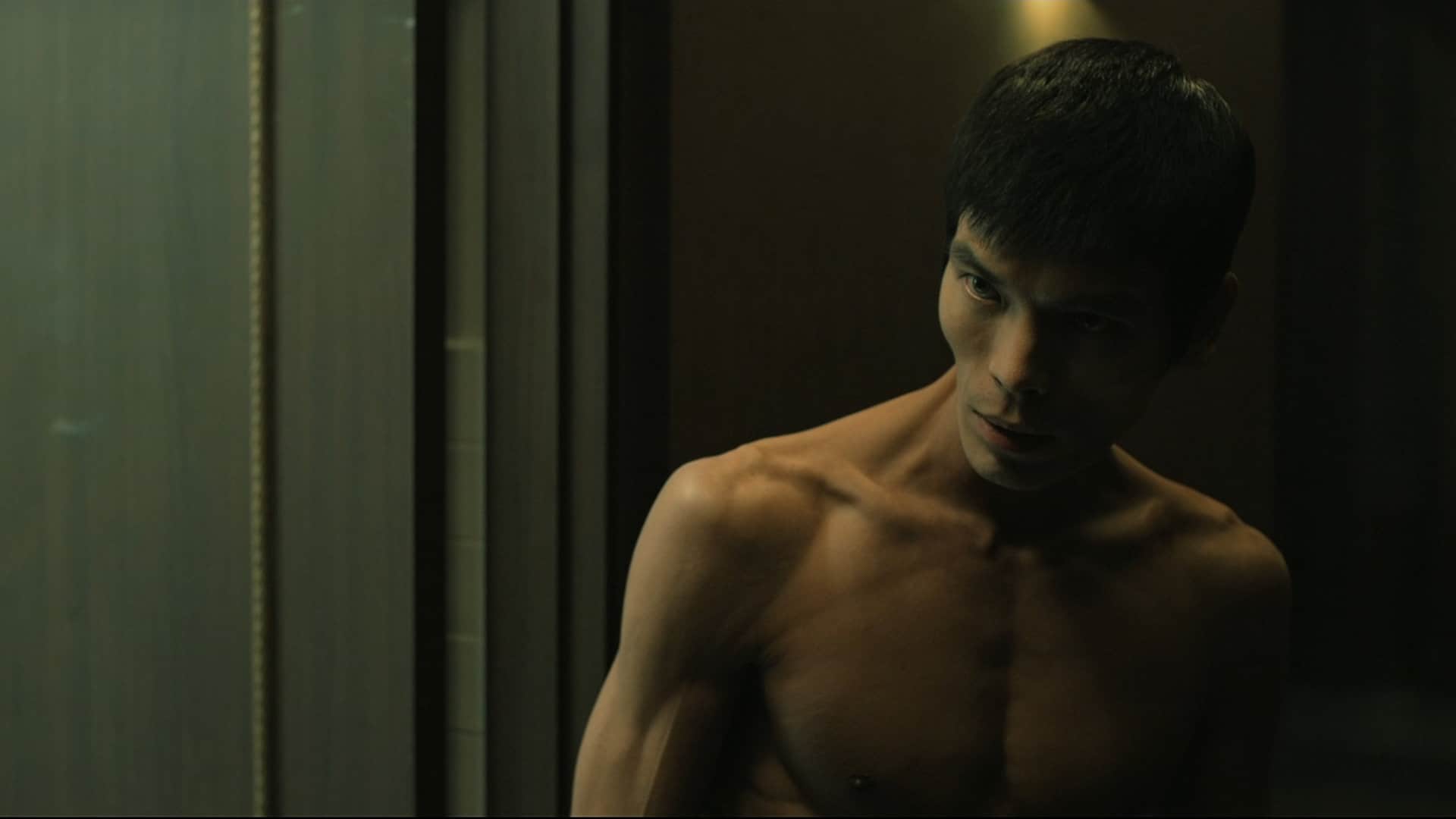“Om Dar-B-Dar” is a true cult-classic that deserves to be counted among the best films that India has ever produced. In an attempt to carve out his own place in the vast landscape of Indian cinema, auteur Kamal Swaroop managed to create a timeless masterpiece that has no real predecessors in the country's cinematic tradition but is now seen as an endlessly influential masterpiece which has inspired contemporary directors like Imtiaz Ali and Anurag Kashyap on their own filmmaking journeys. Due to complications with the relevant authorities, “Om Dar-B-Dar” was not commercially released in the country at the time but it achieved critical acclaim at foreign film festivals and even earned the Filmfare Critics Award for Best Movie in 1989.
One of the most impressive things about “Om Dar-B-Dar” is that it resists any restrictive categorisations. It is extremely easy to label it with dismissive tags like a ‘coming-of-age' film, an ‘experimental' work and so on and so forth ad infinitum. The truth is that Swaroop's vision is irresistibly elusive, constantly shifting between changing dreamscapes and psychedelic bursts of brilliance. To those who are familiar with Swaroop's own life, the parallels with the film's protagonist Om (played by Aditya Lakhia) will be obvious. Like the director's teenage years, Om lives in the state of Rajasthan where he oscillates between fantasy and reality. He is interested in biology but all his scientific investigations lead to magical conclusions. In an interview, Swaroop himself admitted that he thought of his work as “black magic”.
Through a non-linear narrative and loosely connected vignettes of adolescent anxiety, Swaroop paints a compelling portrait of a young boy who is terrified of living. He is famous in his town for his ability to hold his breath which is later seen as an act of rebellion against existence itself, appropriately called “the non-cooperation movement of breath” (an ironic allusion to India's freedom struggle). While navigating the dizzying labyrinth of his life, Om keeps trying to find a way to break free from the tyranny of reality – from school, from his family and even from his own body. The fact that he can see his own nose drives him insane, prompting him to rant about terrorist tadpoles and go treasure-diving in shallow, dirty ponds.
Swaroop is a masterful practitioner of the oneiric film theory which states that cinema is an extension of our own dreams, a visual manifestation of our own fears and desires. Although Swaroop cited the likes of Federico Fellini as a source of inspiration, “Om Dar-B-Dar” exists somewhere between the avant-garde experiments of Stan Brakhage and the appealing surrealism of David Lynch. The film punctures the myth of cinema like the ending of Abbas Kiarostami's “Taste of Cherry” and even has a Godardesque rhythm to it but it never makes the viewer feel as if it is solely the product of Western influences. When we witness frogs that yield diamonds and the celebration of Diwali through actual explosive devices, Swaroop's originality is undeniable and infinitely delightful. The tag of “the great Indian LSD trip” which is often attached to “Om Dar-B-Dar” starts making a lot of sense.

At its core, “Om Dar-B-Dar” is more Indian than most mainstream Bollywood productions. It connects the disillusionment of modernity to the spiritual roots of the country without blatantly capitalising on it. The film raises exigent questions about the relevance of religion in a world where men are conquering the moon. “Can girls climb Mt. Everest without the help of men?” is also a recurring question that criticises the subjugation of Indian women by a patriarchal society. It pokes fun at the hypocrisy of the caste system by referring to Om's father as a “Brahmin-hybrid” and subjects us to chants of “Oh my Freud, oh my fraud!” at a wedding procession. In doing so, Swaroop reinforces the subversive power of the cinematic medium and ensures that “Om Dar-B-Dar” will always remain a powerful clarion call for the lost youth.















